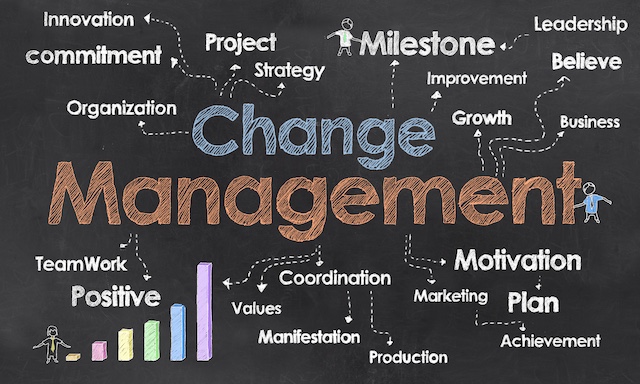What Is a Feedback Mechanism?
A feedback mechanism is a process or system through which information about the outcomes of actions or performance is collected and communicated to relevant parties. This information is used to make adjustments, improvements, or decisions. In organizational contexts, feedback mechanisms can include performance reviews, customer surveys, suggestion boxes, and real-time feedback tools. Effective feedback mechanisms ensure continuous improvement by providing actionable insights, facilitating communication, and promoting accountability. They help individuals and organizations understand what is working well and what needs to be changed, leading to better performance, enhanced learning, and increased satisfaction among employees and stakeholders.
What Are the Different Types of Feedback Mechanisms?
There are two main types of feedback mechanisms:
- Negative Feedback Mechanisms: These work to counteract changes and maintain stability. Like a thermostat. When a room gets too hot, the thermostat detects the rise in temperature and triggers the air conditioning to bring it back down. Our bodies use negative feedback extensively, like regulating blood sugar levels or blood pressure.
- Positive Feedback Mechanisms: These amplify changes and push a system away from its original state. Think of childbirth. Contractions cause the cervix to dilate, which triggers stronger contractions, further accelerating the birthing process. Positive feedback mechanisms are less common but crucial in specific situations.
What Are Some Examples of Feedback Mechanisms?
- Performance Reviews: These evaluations assess employee work against set goals. If someone struggles, the review can pinpoint areas for improvement through training or coaching.
- Employee Surveys: Anonymous employee surveys gather employee sentiment on work-life balance, compensation, or company culture. Negative feedback highlights issues for HR to address, while positive feedback reinforces what’s working.
- Open-Door Policy: This encourages employees to discuss concerns directly with HR or managers. It fosters communication and allows HR to address problems before they escalate.




